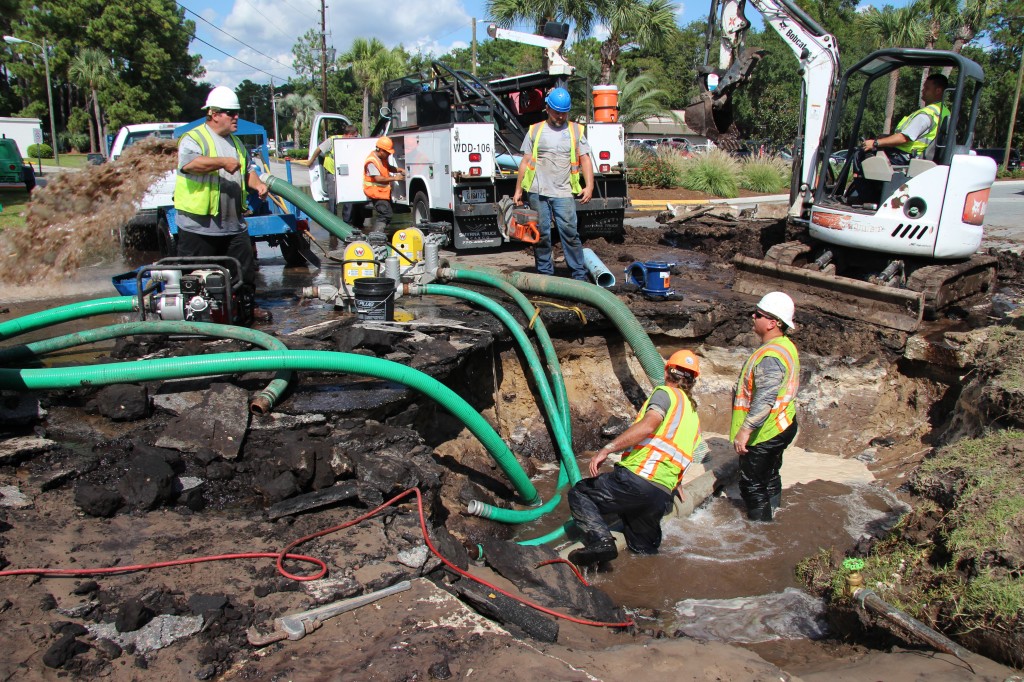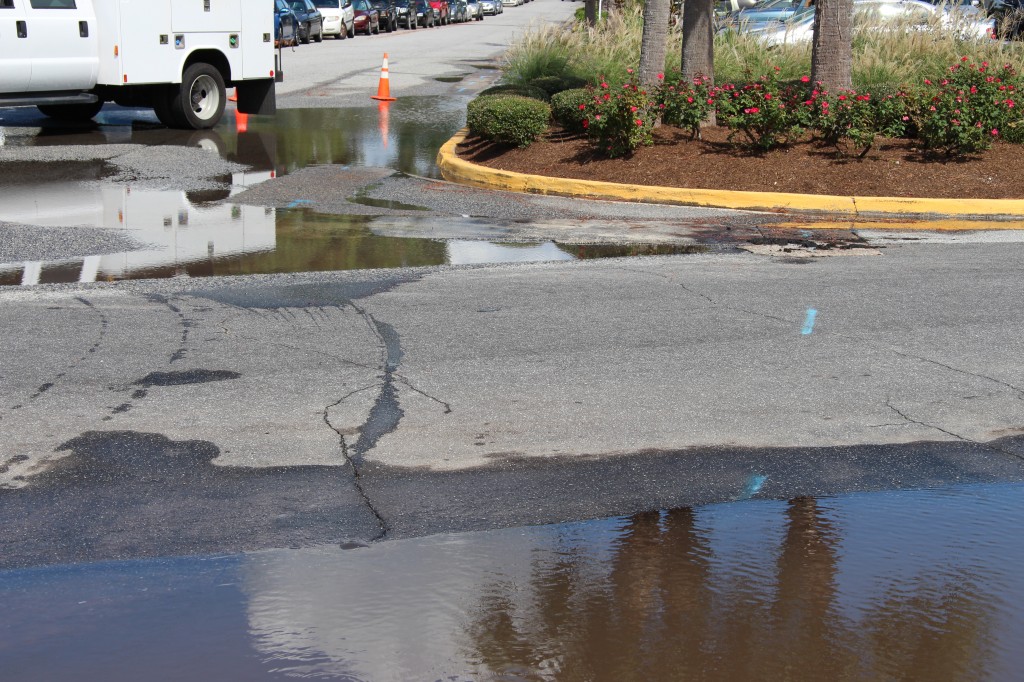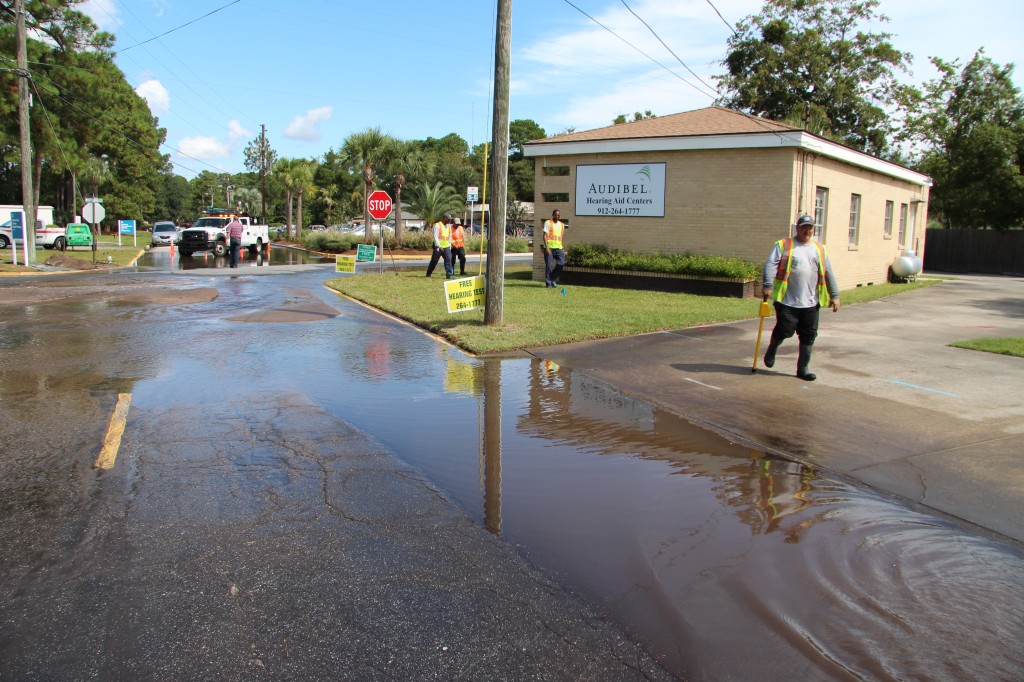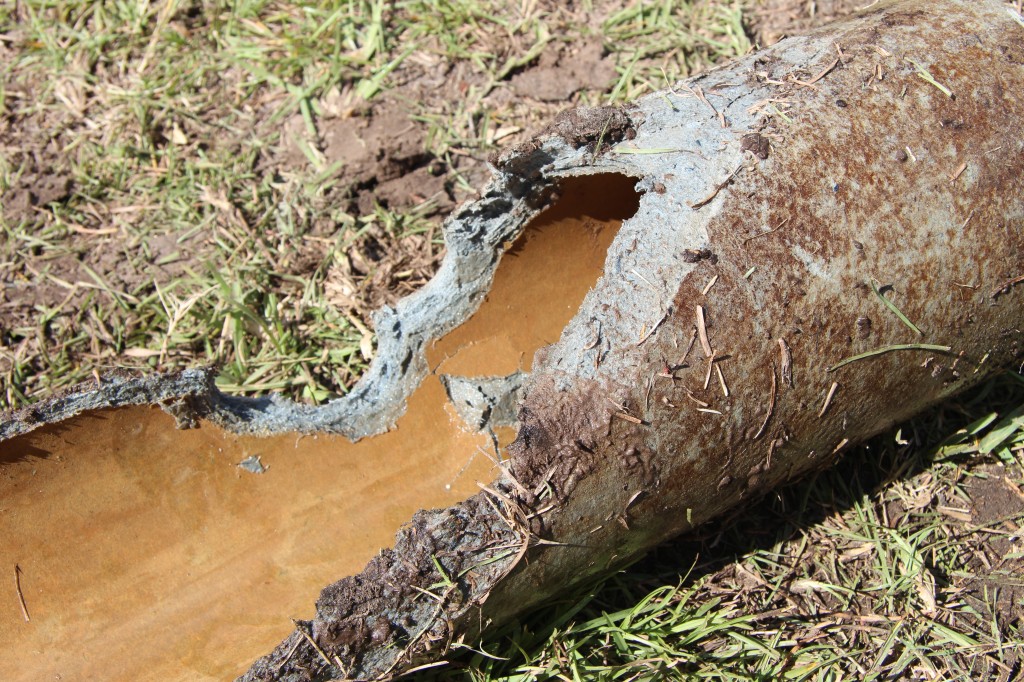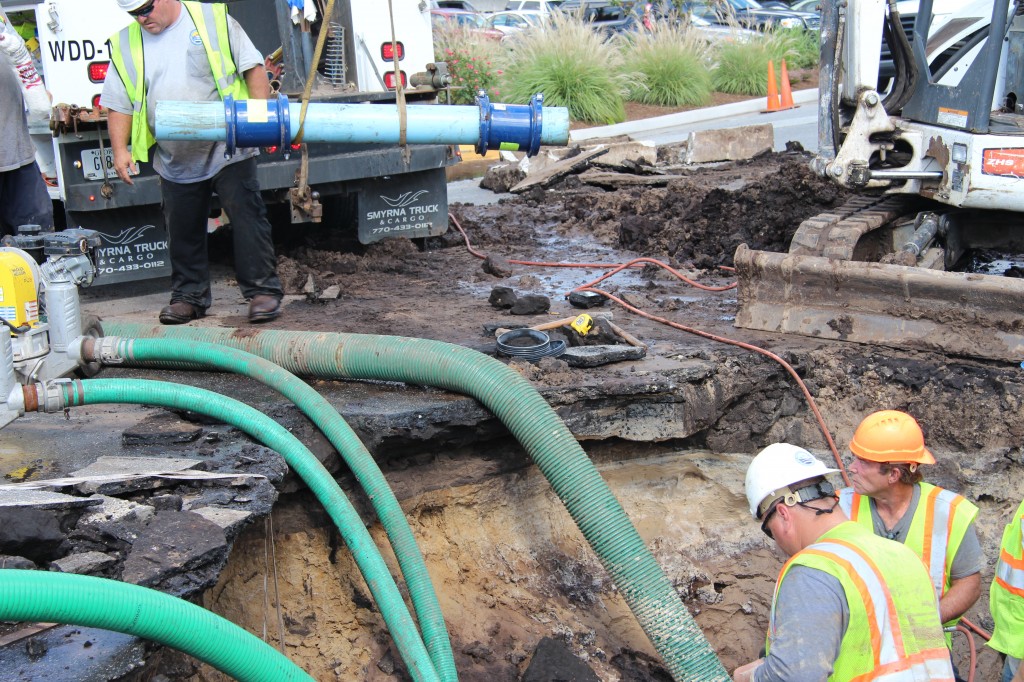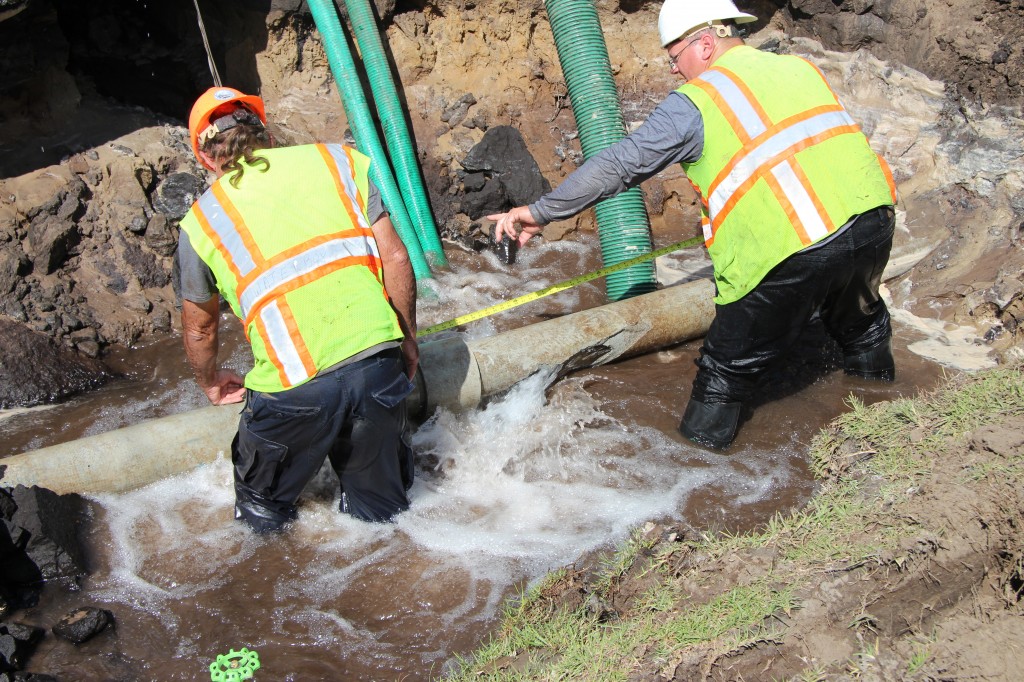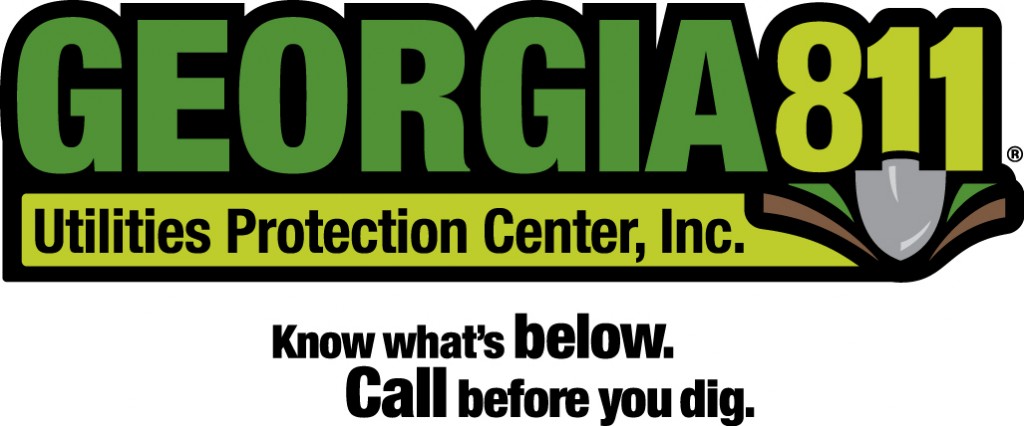For Your Information – What is a Water Main Break?
Yesterday morning, some customers in the area near the Brunswick Campus of the Southeast Georgia Health System were affected by a water main break that occurred on the corner of Shrine Rd and Wildwood Dr. Service was available to the main hospital building itself, as our system does have loops and redundancies in place, but some buildings on Shrine Rd had low pressure or no water available until 4:00 p.m. Staff members from our Water Distribution Division were successful in repairing the break and will have more work involved in patching the road where excavation took place.
What Causes Water Main Breaks?
Contractors and property owners are required to by state law to contact the Utilities Protection Center (http://www.Georgia811.com) by calling 811 or 1-800-282-7411 before starting any project that will require digging. All utilities with services located in the area will then mark the ground with paint indicating the location and type of the underground utility, using the following color codes:
Despite our best intentions, mistakes do happen. Sometimes that comes in the form of mismarked utilities caused by outdated, missing or incorrect information. Other times, those performing the work overlook or misjudge the location of the services.
Either way, the damage is unfortunate, being costly to repair and causing inconvenience to those that depend on the service. Our budget does contain provisions that allow for the labor and materials involved in emergency repairs and sometimes that cost is passed on to the contractor if the damage is determined to have been caused by their negligence or error.
The BGJWSC prioritizes the repair of all broken service connections and this one affecting the clients of the Southeast Georgia Health System and neighboring physicians’ offices was no different. Regardless of how the damage was caused, we take pride in completing repairs as quickly and efficiently as possible.
What Pipe Types Are There and How Old Was This Pipe?
Though many of our older water mains are made of steel, cast iron or ductile iron, the repair made yesterday was on a section of transite line installed in the 1950s or 1960s approximately four feet below the road. Transite was the primary pipe material used from the 1930s until being phased out industry-wide in the 1980s. Made from cement and varying amounts of asbestos fiber to provide strength, it has served us well in the past but has now been supplanted by PVC pipe thanks to advances in technology.
Seen here is the section of PVC that is being installed to bridge the gap where the broken section of transite line was cut out.
This repair was performed with the system under considerable pressure, which helps explain why water had to be continuously pumped out and sent down the storm drain nearby. This method facilitates restoring the service without having to sanitize the lines by shocking them with chlorine. The flow of already-chlorinated water prevents the growth of bacteria that would otherwise occur.
It might seem advantageous to systematically replace any older lines with PVC but that upgrade would be costly and taxing on the limited water distribution division staff. As budget allows, many sections of this older pipe will indeed be replaced as part of construction projects required to increase system capacity.
We apologize for the inconvenience caused by temporary service outages and are standing by 24 hours a day, 7 days a week prepared to serve you when outages occur.

